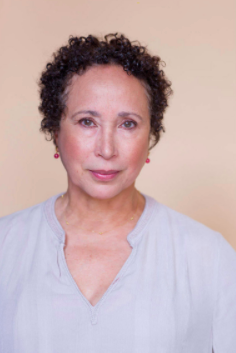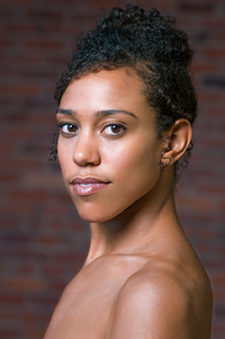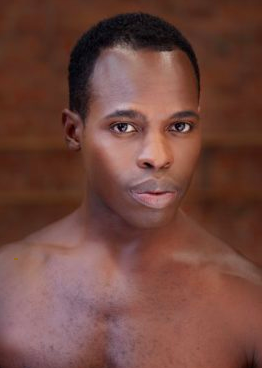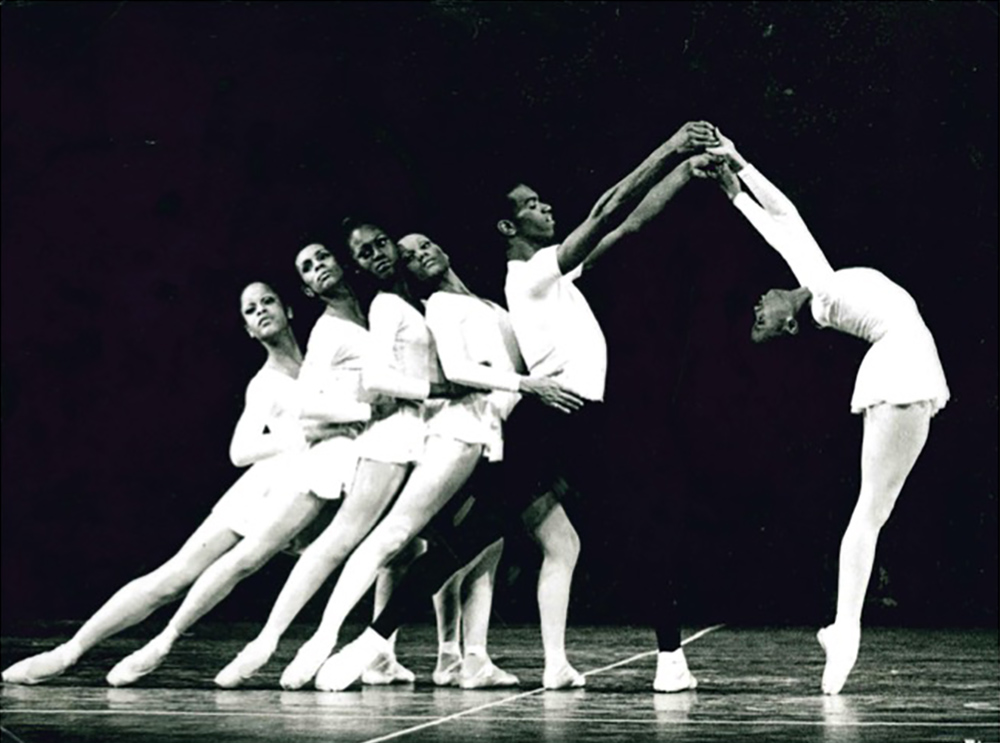DTH Artistic Director Virginia Johnson with young dancers
- Experience
Experience
Through performances, community engagement and arts education, the Company carries forward Dance Theatre of Harlem’s message of empowerment through the arts for all.
- Study
Study
Students of all levels have the opportunity to develop the artist within and prepare for success both on and off the stage with world-class training in classical ballet and diverse dance disciplines.
- Support
Support
Continue the legacy of access, opportunity, and excellence for the next generation.
- Arts Education & Community Engagement
- Donate Now
- Ways to Give
- Membership
- Planned Giving
- Supporters
- Donor Spotlight
- Discover
Discover
Learn about the legacy that transformed Dance Theatre of Harlem into a world-renowned organization, and the people behind the curtain. Also, learn how you can rent our studios.
- 2025 Men’s Company Audition
- The Company
- Alumni
- Our History: Raising the Barre Since 1969
- DTH News
- DTH Videos
- Who We Are
- DTH Opportunities
- Studio Rentals
- Shop
Shop
Top Searches
- Experience
Experience
Through performances, community engagement and arts education, the Company carries forward Dance Theatre of Harlem’s message of empowerment through the arts for all.
- Study
Study
Students of all levels have the opportunity to develop the artist within and prepare for success both on and off the stage with world-class training in classical ballet and diverse dance disciplines.
- Support
Support
Continue the legacy of access, opportunity, and excellence for the next generation.
- Arts Education & Community Engagement
- Donate Now
- Ways to Give
- Membership
- Planned Giving
- Supporters
- Donor Spotlight
- Discover
Discover
Learn about the legacy that transformed Dance Theatre of Harlem into a world-renowned organization, and the people behind the curtain. Also, learn how you can rent our studios.
- 2025 Men’s Company Audition
- The Company
- Alumni
- Our History: Raising the Barre Since 1969
- DTH News
- DTH Videos
- Who We Are
- DTH Opportunities
- Studio Rentals
- Shop
Shop

Pioneering African American Ballerinas
"...it made me want more." - Virginia Johnson
In February, The Museum at FIT (MFIT) opened the exhibit Ballerina: Fashion’s Modern Muse. The exhibition was accompanied by a selection of public programs, one of which was Pioneering African American Ballerinas on February 27th at FIT.
As MFIT states, “While the exhibition presents the international impact of ballet on fashion, it also addresses the lack of diversity in both creative fields. In order to expand knowledge about pioneering ballerinas who broke barriers, MFIT presented a special public program on the topic”.
Moderator Joel Lobenthal was joined by four pioneering African American ballerinas as they discussed their groundbreaking careers and their paths to national and international stardom. The panelists included our Artistic Director and former DTH principal ballerina Virginia Johnson, DTH’s first principal ballerina Lydia Abarca, first ever African American ballerina with NYCB and principal ballerina with the Pennsylvania Ballet Debra Austin and former ballerina with NYCB Aesha Ash.
Gallery
DTH's first principal ballerina Lydia Abarca with Company Artist Christopher Charles McDaniel
DTH Executive Director Anna Glass with Dance Legend Carmen de Lavallade
Carmen de Lavallade with Aesha Ash, former ballerina with New York City Ballet
Carmen de Lavallade with Melanie Person, former DTH principal ballerina and Co-Director of the Ailey School
DTH Company Artists Lindsey Donnell and Christopher Charles McDaniel with Debra Austin (Center) first ever African American ballerina with New York City Ballet and principal ballerina with the Pennsylvania Ballet
Event Reflections From DTH

Artistic Director Virginia Johnson
“What fun it was to sit with Lydia Abarca, Debra Austin and Aesha Ashe for an all-too-brief conversation last February at Fashion Institute of Technology! As one of the many public programs offered as part of “Ballerina: Fashion’s Modern Muse” at FIT through April 18, curator Patricia Meers brought together four black ballerinas to talk about their experiences in a world that didn’t want them. While some aspects of our experiences were depressingly the same, the wonderful part was taking in the strength, humor and individuality of each woman. It made me proud and, it made me want more.”

DTH Company Artist Lindsey Donnell
“The FIT panel discussion was incredible – successful black women, ballerinas and fashion all in one? What an amazing evening! It was so insightful to hear their individual experiences on forging new territory for themselves and African Americans in dance – and to realize this has been their torch to bear for decades! I loved hearing their stories of resilience and motivation during their careers. It was also beautiful to see how they are each still representing and training dancers of color all over the country and learn what they wanted in the future of ballet.
Lydia’s stories about the company were new to me so it was fun to hear her reflections. She remembered how high Mr. Mitchell’s standards were; not only in the studio but how he was very passionate about how they were representing Harlem, their race and the art of ballet – something larger than themselves, he would say. I also loved her description about how the company moved. She often felt restricted by learning technique but said DTH was so unique because the company was full of technical dancers that were incredible movers that had a jazz-like sensibility to their movement.”

DTH Company Artist Christopher Charles McDaniel
“The February 27th panel on the Pioneering African American Ballerinas at FIT was by far my favorite of all panel discussions on the subject. I’ve attended many conversations and participated in several initiatives to bring awareness to the existence of black people in ballet. What captivated me most was the authenticity in which each woman spoke. The panel consisted of Lydia Abarca, DTH founding member, Debra Austin, Former NYCB soloist, Aesha Ash, former NYCB soloist, and our beloved Virginia Johnson. As each woman candidly spoke about their journeys to and through ballet I realized that they were setting so many important records straight for some, and educating a lot of others for the first time. Their stories detailed their experiences as pioneers at the forefronts entrusted with the mantle of changing and reshaping how people viewed the black body.
It was no easy accomplishment, yet they fought and changed the ballet world. I often grow frustrated with misinformation and the lack of publicity on the founding members of DTH and never understood why their stories and names remained virtually unknown. Lydia Abarca gave me the answer I’d been missing for years. DTH women did not boast about themselves. I believe that was the case for several reasons, but Lydia said, ‘Mr. Mitchell didn’t have any of that. We were in service to the artform and it wasn’t about us or how hard we had it. If we wanted to dance and serve the mission we did. And when you felt you couldn’t hang, you left.’ They weren’t in it for fame and glory. But, to truly render themselves as sacrifices representing something larger than themselves. I also appreciated how both Virginia and Lydia were able to be honest about how difficult it was at times to work for Arthur Mitchell, while still honoring him and all he did.”
Ballerina: Fashion's Modern Muse Exhibition Video
- Study
- Study

